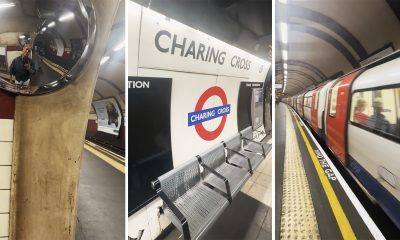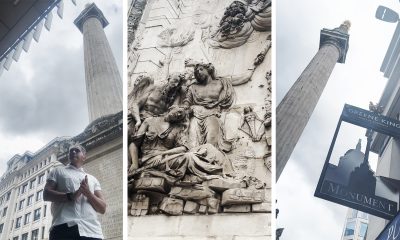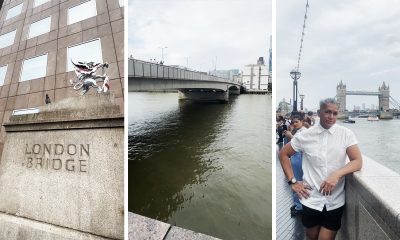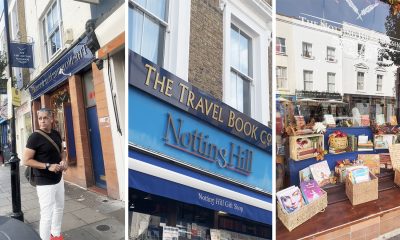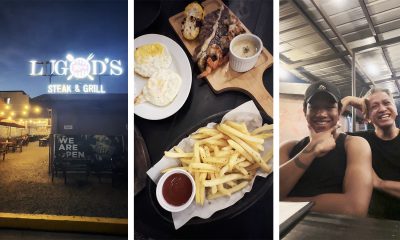Destinations
Life and travel in the time of Covid-19
On the move at the time of the pandemic.

By Carol Esguerra Colborn
When Covid-19 was declared a pandemic, my husband and I cut short our annual three-month, all-inclusive vacation at a resort in Mazatlan, Mexico. When we left, the statistics were pretty grim and the US had become the new epicenter (still remains as such). But home is the best place to do self-isolation, not on a cruise ship out at sea or a hotel room in a foreign country.
Our Extended Time at Home
There were a few things we have learned to do to make our extended time at home a more meaningful pause. The new normal had begun to take shape. It includes things like online shopping, picking up groceries, cooking with substitute ingredients, exercising with videos, new levels of cleaning, watching movies on demand, and consulting with doctors through telehealth.
Zoom participation also exploded, fostering online activities that replaced physical interactions. We had kept engaged with family and friends while we were RVing for eight years around North America. It was no different during the time of Covid-19. Since most schools were closed, I thought it best to help with the kids. I conducted an hour-long session three times a week with my grandsons, aged four to six, and another once a week with those ages thirteen to fourteen. I was so happy that I got more engaged with my family, considering that my three daughters live in three different countries.
Upgrading my Zoom to “pro” to enable longer meetings—the free version is maxed at 40 minutes—I was even able to launch Zoom parties for residents of Viewpoint Golf Resort in Arizona where we live, playing online bingo and trivial pursuit. We did the same with meetings, parties, and fundraisers of our University of the Philippines Alumni Association in Arizona and America. Soon, our Christmas Party will feature Charades and a Silent Auction on Zoom, respectively. And then, as before, I found a project that made the time more productive. The last time, when my husband and I decided to stay apart for more than a month, my first book Carolina: Cruising to an American Dream was born. This time, during the Covid-19 lockdown, I was able to write my second travel book, Cruising Past Seventy. It’s Not Only about Outer Journeys. It’s Also about Inner Ones (I did not change the title to “Cruising with Coronavirus”). This is what I call a flagship project, big enough to consume one’s energy, to be fueled by one’s passion, and to be worthy of your time. I have found that finding a flagship project has been a great antidote to any over-arching problem I have encountered.

New Ways of Traveling
But, with a traveler’s soul, we had to find ways to continue encountering fresh places and ideas. As soon as the lockdown was lifted, we considered our car an extension of our home; it is a place we can keep as clean as we do our home. We created a short list of places where we could go, breathe good fresh air, and practice natural social distancing, like the state, regional, and national parks around us that were still open. When we didn’t see people on the trails, we got out of the car and walked a little. If not, we just continued driving. The operative principle was to distance ourselves from others, but not from nature. Taal Lake and Volcano, Hidden Valley Springs, Pagsanjan Falls, Pinatubo Crater, Lake Caliraya, and Villa Escudero around Manila come to mind.
In fact, when there was a resurgence of coronavirus cases in Arizona, we decided that we should actually go from our higher risk home to lower risk areas that accepted us. We went to three mountain retreats in Utah, Colorado, and California, and invited our children to meet with us there. Maybe Baguio does not meet the requirements for a mountain retreat because it is so crowded but maybe Hundred Islands or Subic Bay may qualify. But since the family members we met were not in our bubble—the people you live with and share daily activities with, like my husband and I are for each other—we developed certain rules to follow when we were with them. Those rules followed the principles of avoiding crowds, social distancing, preferring to be outdoors, frequent hand washing, and the wearing of masks.
In the process, we developed new rules for keeping safe visiting with loved ones during this time. For the foreseeable future, especially when we are still under the threat of viral diseases, we will follow these practices, especially numbers one to five. We still hope these rules can be relaxed later; but the sixth we hope we can do away with sooner, especially with loved ones.
1. Go to areas with lower incidences of Covid-19.
It is good that there are plenty of data to drill down to, even to zip codes. We have selected restaurants, groceries, mountain retreats, towns, counties, and states, this way.

2. Meet only in uncrowded open-air spaces.
Stick to patio seating for eating out, drive-in theaters for watching movies, outdoor services for worship, and hiking at off-the-beaten-path trails as a preferred activity.
3. Do not spend unreasonably long time with others.
CDC says more than fifteen minutes is too long. But, as long as we are socially distanced and masked, we have extended this to a maximum of two hours.
4. Do not ride with others in the same vehicle.
This makes us stick to our car as our preferred mode of travel. We are currently eliminating planes, ships, trains, and buses as options for travel.
5. Do not share rooms with people not in your bubbles
So we no longer stay in our children’s homes and no longer book multi-bedroom units but keep to separate units if we stay in the same hotel or resort. We also stick to our timeshares. As owners, we feel better taken care of. For example they keep twelve hours between check out and check in and do not send anyone, cleaners or technicians into the room during our entire stay.
6. Do not shake hands or hug.
When we cannot help it and want to express some warmth, we elbow-bump for a second.
We canceled our trips in April but resumed our travels in July. And we still intend to go to Mexico for our annual stay in January, if therapeutics and vaccines advance. Self-isolation helped flatten the curve for our community and the world when we had to do it.
Creative ideas helped us remain productive during our extended time at home. And with new rules, we have found a way to continue traveling and still be safe.
Travel
Checking the London Underground
UK’s London Underground serves millions every day, an example of a working train system (that we do not have in the Philippines). Sadly, 1 in 5 LGBTQIA+ travelers experience crime while using it, and 65% did not merit support from bystanders.
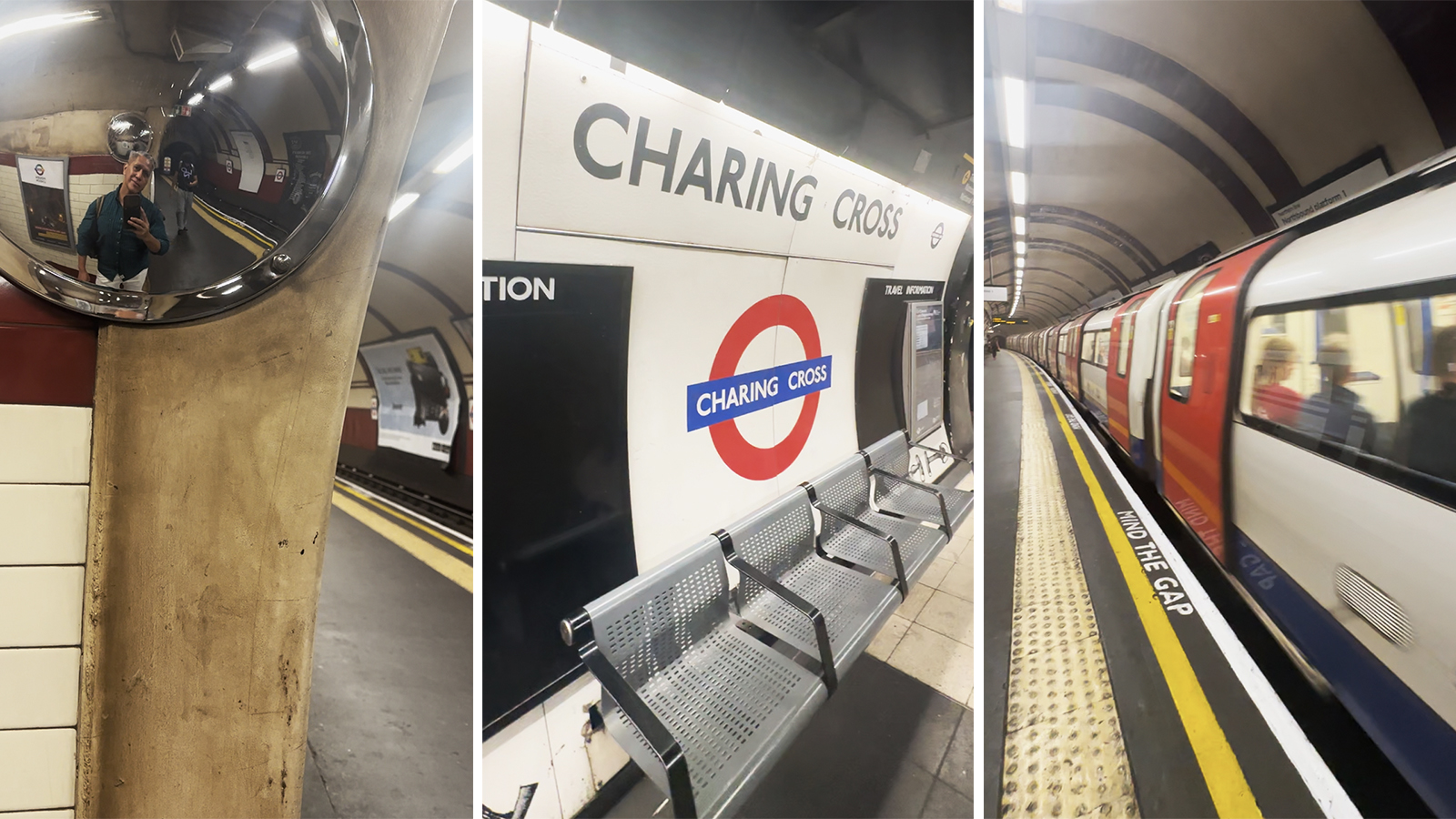
One way for Filipinos who are able to travel overseas can tell how bad our public transport system is, is by comparing the trains. We were invaded by White people in 1521, but – even now – we still only have three train lines.
@outragemag Check #LondonUnderground #trains in #London, aware it could be unsafe for #LGBT ♬ original sound – Outrage Magazine
UK, as an example, has the London Underground. Managed by Transport for London, this started in 1863 as the world’s first underground passenger railway. It now has 11 lines with 250 miles (400 kilometers) of track, with its 272 stations serving around five million passengers every day.
This isn’t a perfect system. Obviously, this is London-centric. It only serves the Greater London area, and some parts of the adjacent counties of Buckinghamshire, Essex and Hertfordshire in England. This is like saying na wala ngang LRT or MRT sa Bulacan o Cavite o Antipolo eh, and this lack highlights the exclusion of those also in need of proper public transport.
Looking at London’s train system through the LGBTQIA+ lens is actually disheartening… particularly if we talk not only about possibly meeting booking while riding trains. In 2023, London TravelWatch released a report that revealed that when LGBTQIA+ people used public transport:
- One in five (21%) experienced hate crime in the past year while travelling on public transport in London
- Four in five (82%) respondents changed their behavior or appearance to ‘fit in’ so they avoid abuse or harassment when travelling
- 65% of those who experienced abuse or harm when travelling in London said bystanders witnessed the incident but did not intervene
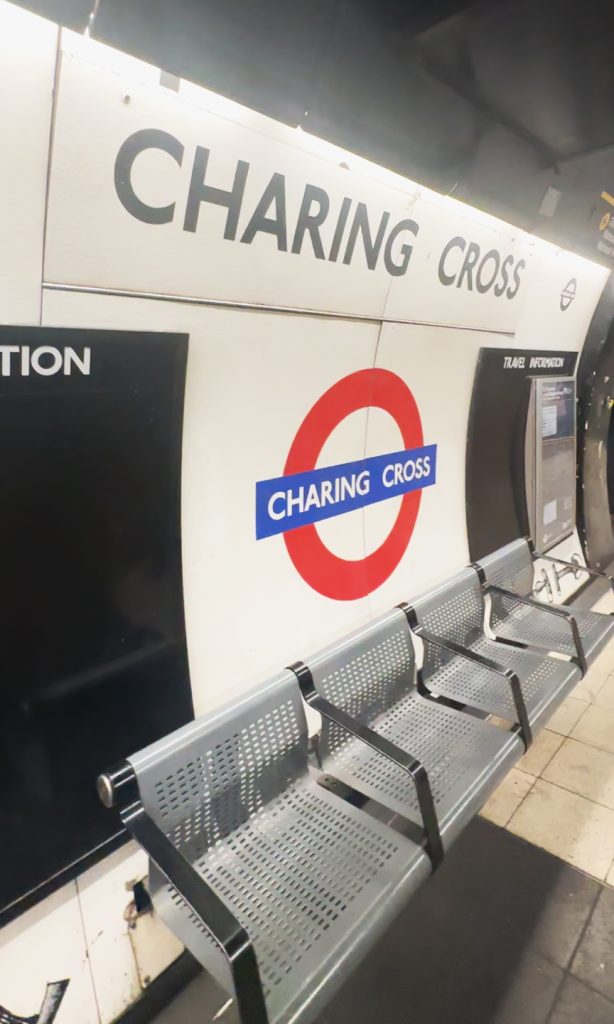
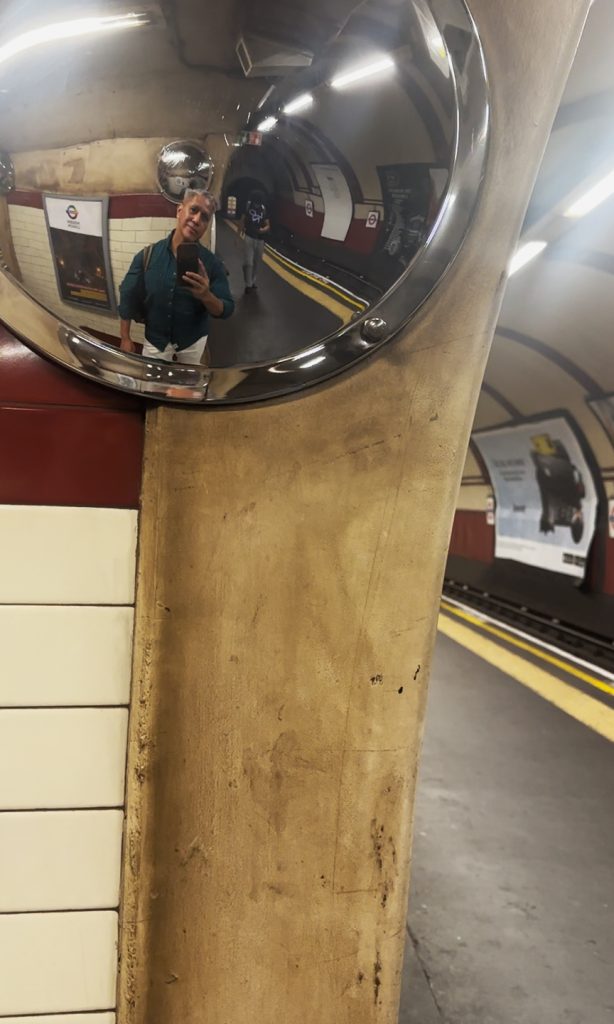
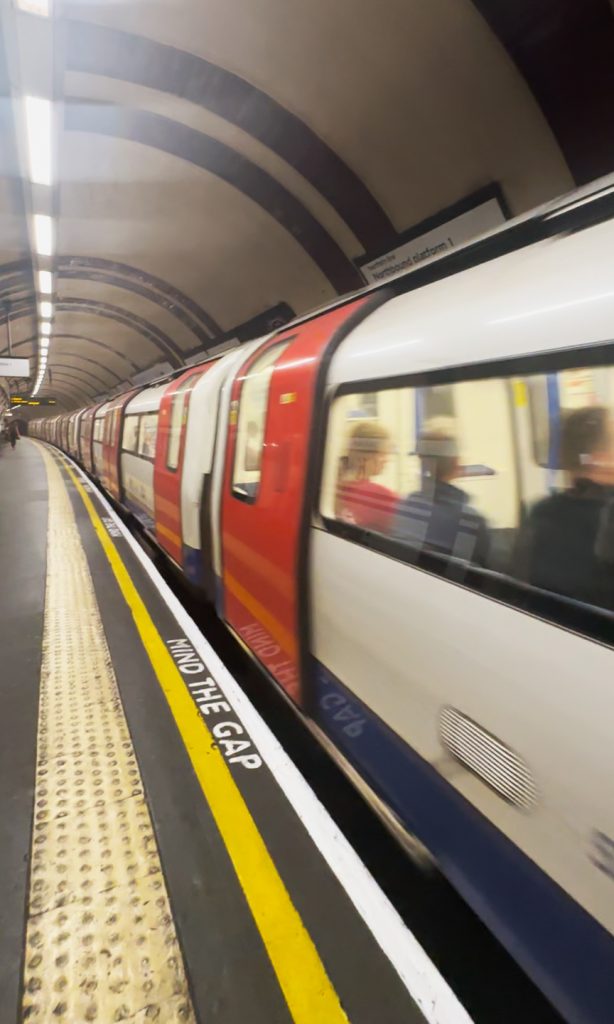
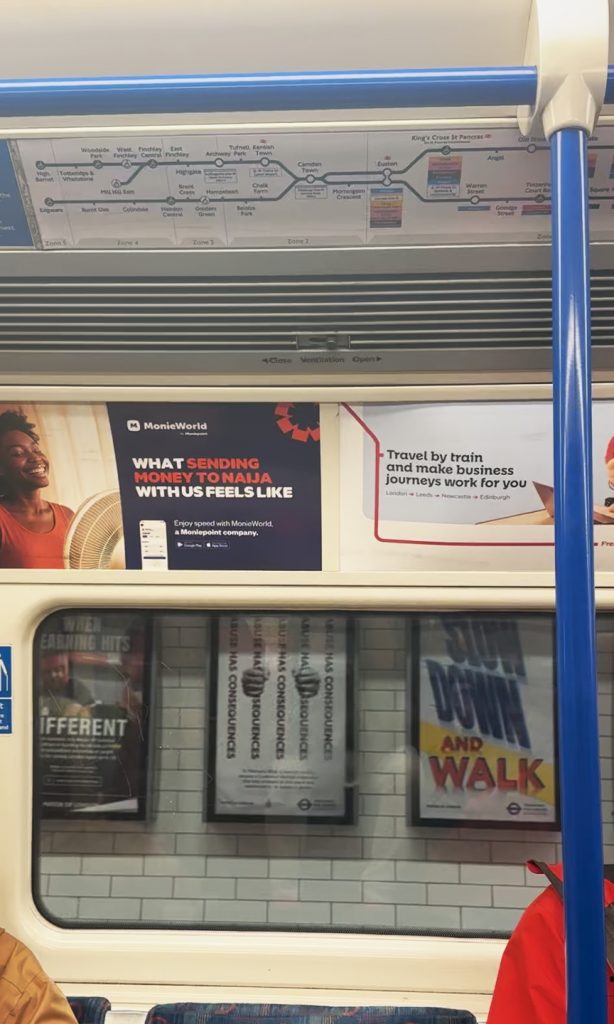
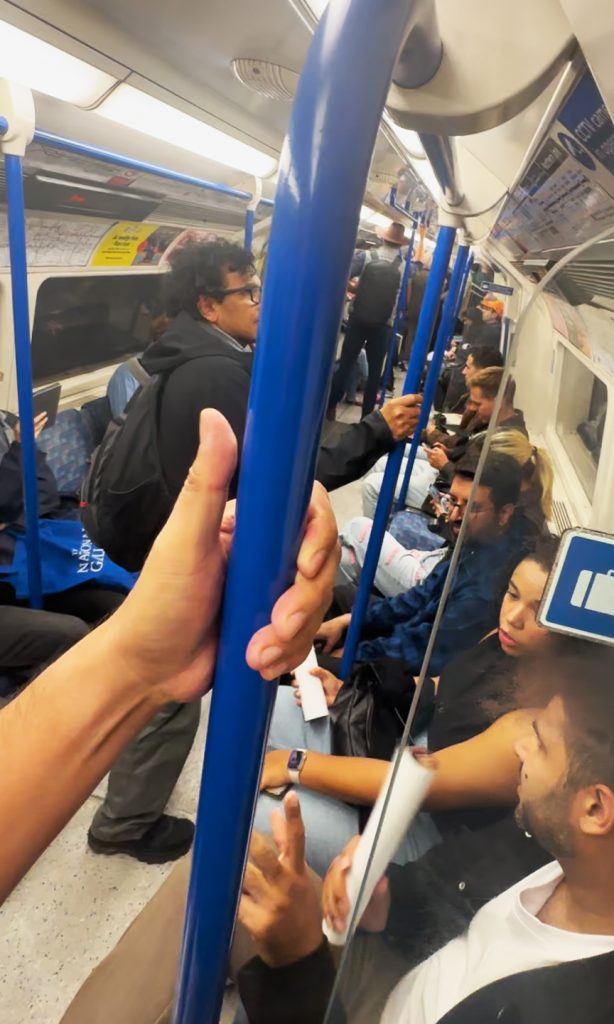
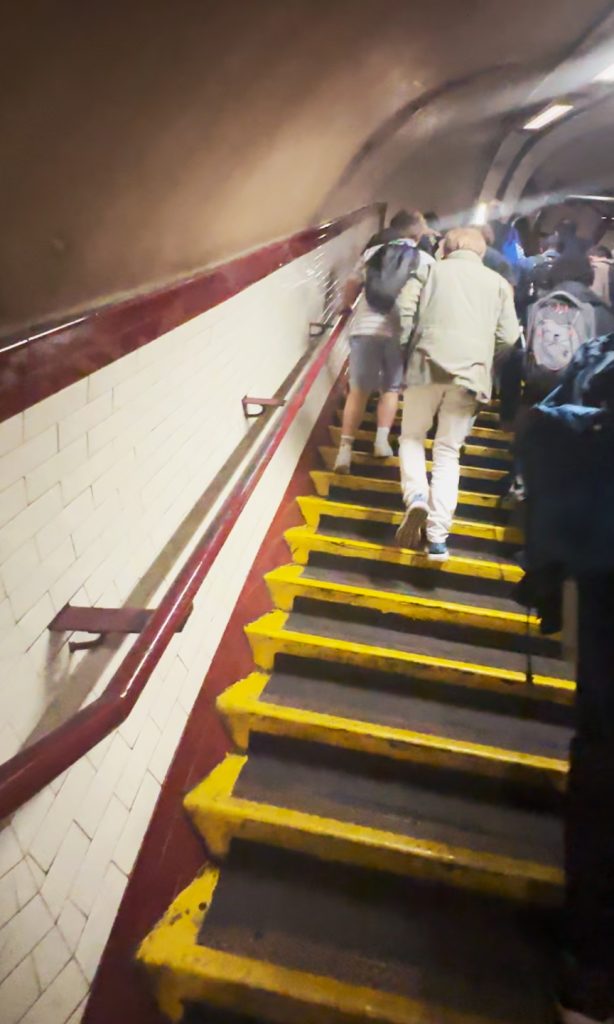
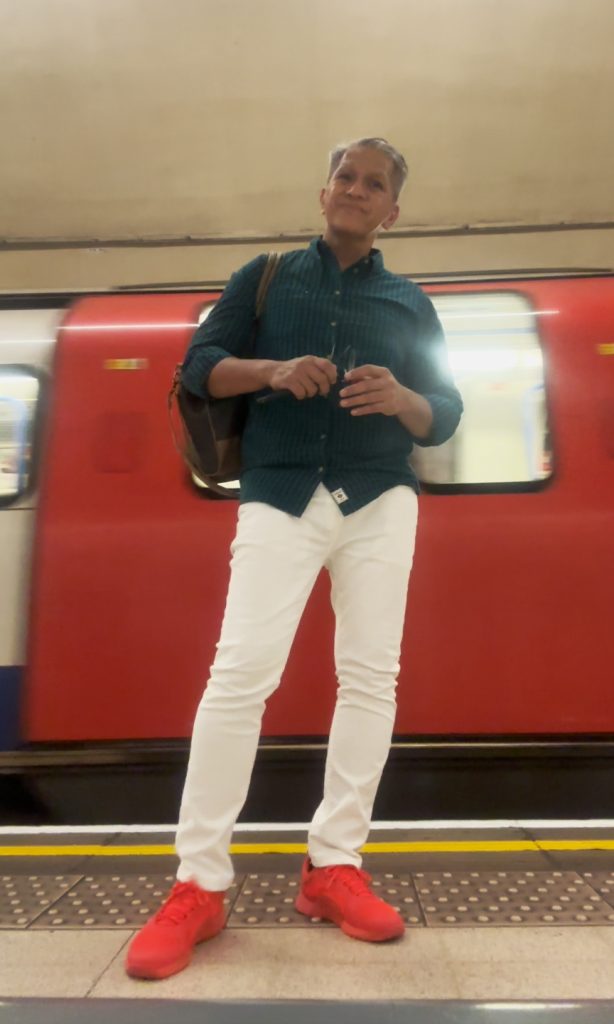
Lesson learned lang din: that even in spaces that better people’s lives, like a working train system, there are minority sectors that could be disadvantaged. And so this must always be considered to make sure all spaces are truly inclusive.
But off we go for more LGBTQIA+ rampa…
Destinations
London has The Monument to remember the fire that destroyed the city, but failed to learn lessons from what happened
Do you know of the #GreatFireOfLondon? #London has a monument for that but some anti-minority (including #LGBT) lessons are not learned.
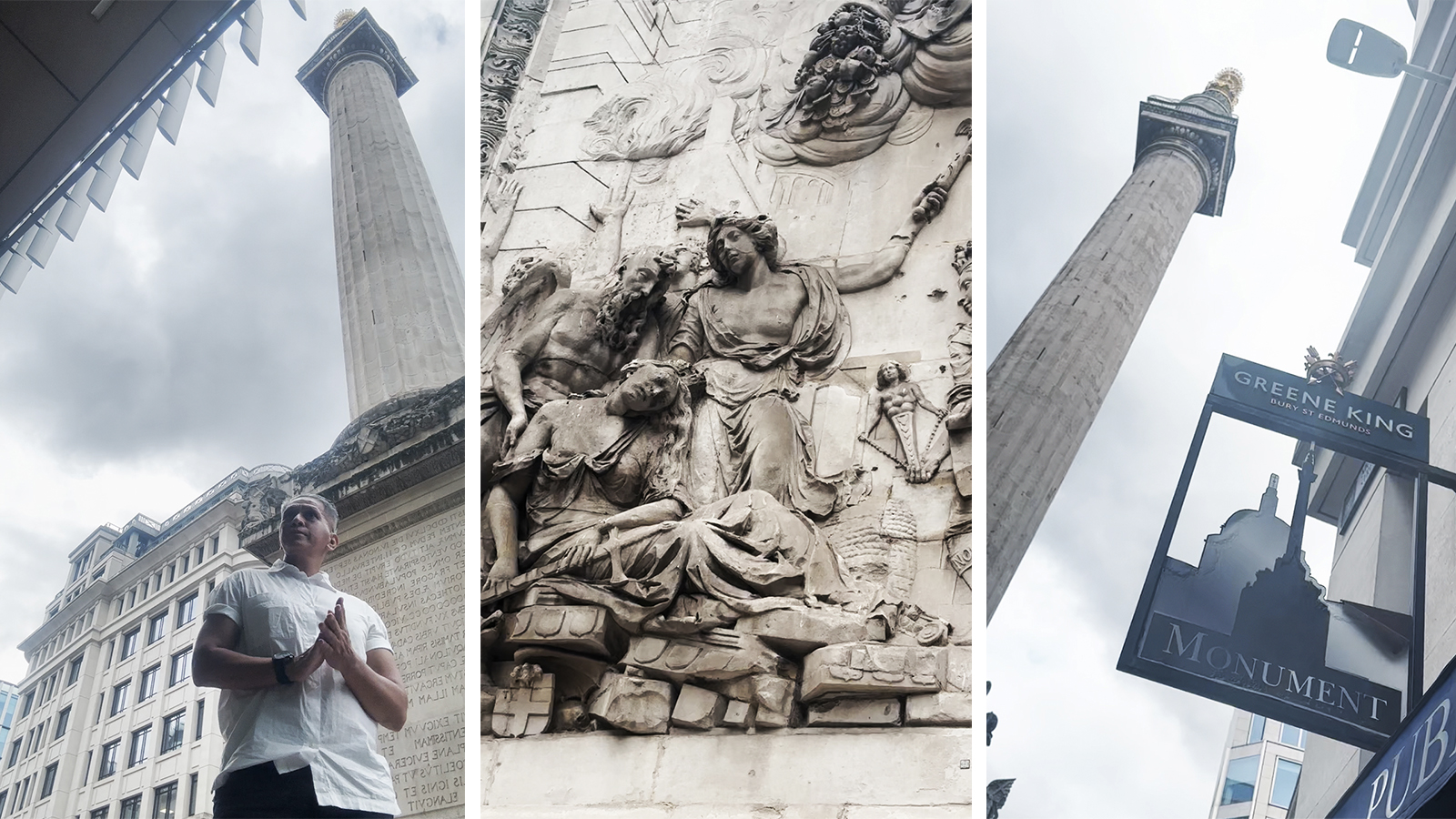
In London in 1666, fire broke somewhere in Pudding Lane, with the blaze raging for days to – basically – gut the medieval City of London inside the old Roman city wall, though eventually extending past the wall to the west of London, and then swallowing almost the entire city.
@outragemag Heard of #GreatFireOfLondon before? #London has #TheMonument for that even if anti-minority (including #LGBT ♬ original sound – Outrage Magazine
The death toll, or yung dami ng namatay, is still contested even now. But some things are generally accepted as true, including:
- How the fire started in the bakeshop of the king’s baker, Thomas Farriner. So he is now eternally blamed for the fire, kahit na baka naman nakatulog lang siya dahil sa pagod sa trabaho. His boss nga eh, the king, did not know a single day of work because his position of power and wealth that came with it were inherited.
- The mayor at that time, Thomas Bloodworth, actually hesitated to make moves to stop the fire, though this is something we already expect from our politicians who – surprise, surprise – still manage to get elected anyway.
- There was blaming of the “others”, including immigrants, homeless people, and so on for causing the fire; this blaming of non-Whites is still common in the UK even now, even if the real abusers are those in positions of power as they make us fight among each other while they live in abundance.
Anyway, to commemorate what they now call as the Great Fire of London, and to mark na rin the rebuilding that followed, they established the Monument to the Great Fire of London. Also called as The Monument, it’s at the junction of Monument Street and Fish Street Hill.
Designed by Robert Hooke, and completed in 1677, The Monument is a column built of Portland stone, with a gilded urn of fire topping it. There is a viewing platform near the top, na ma-a-access through a narrow winding staircase of 311 steps.
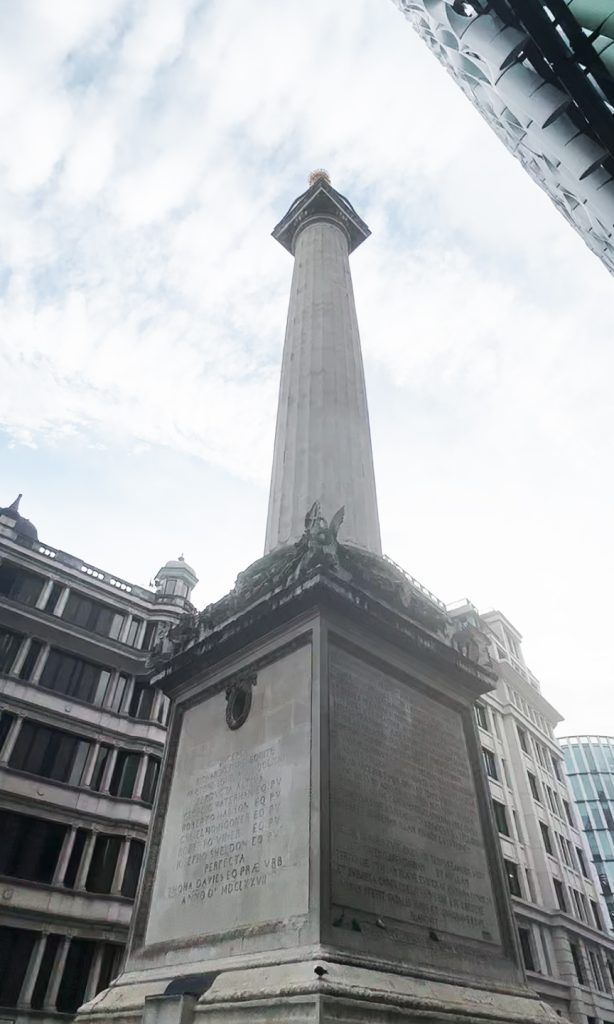
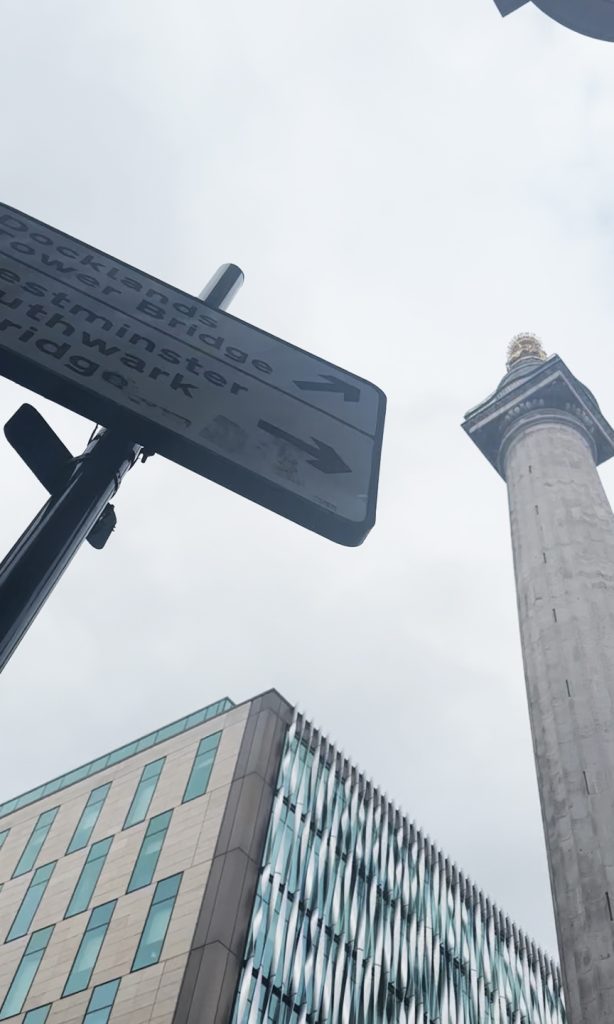
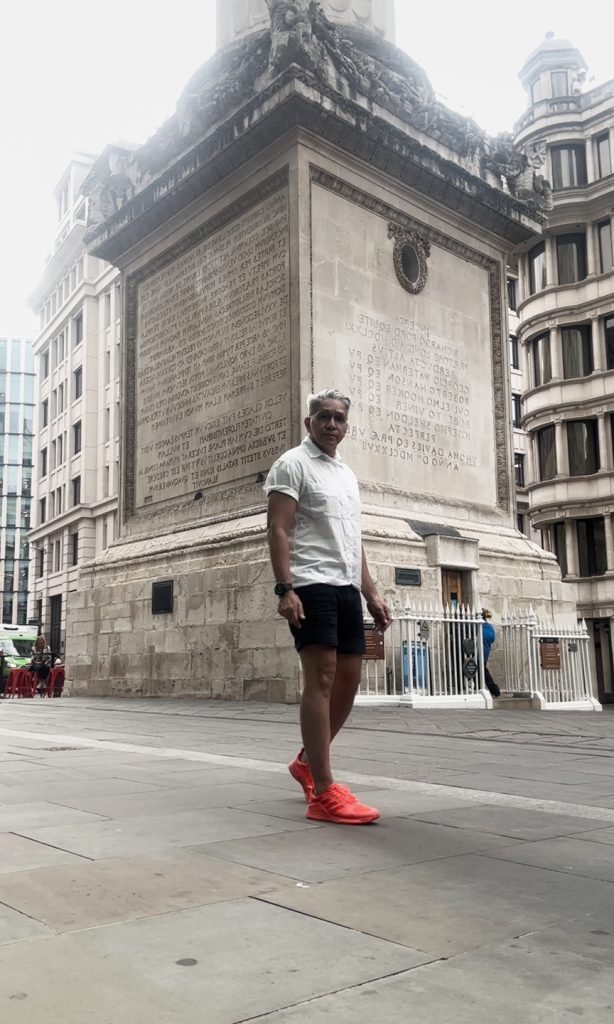
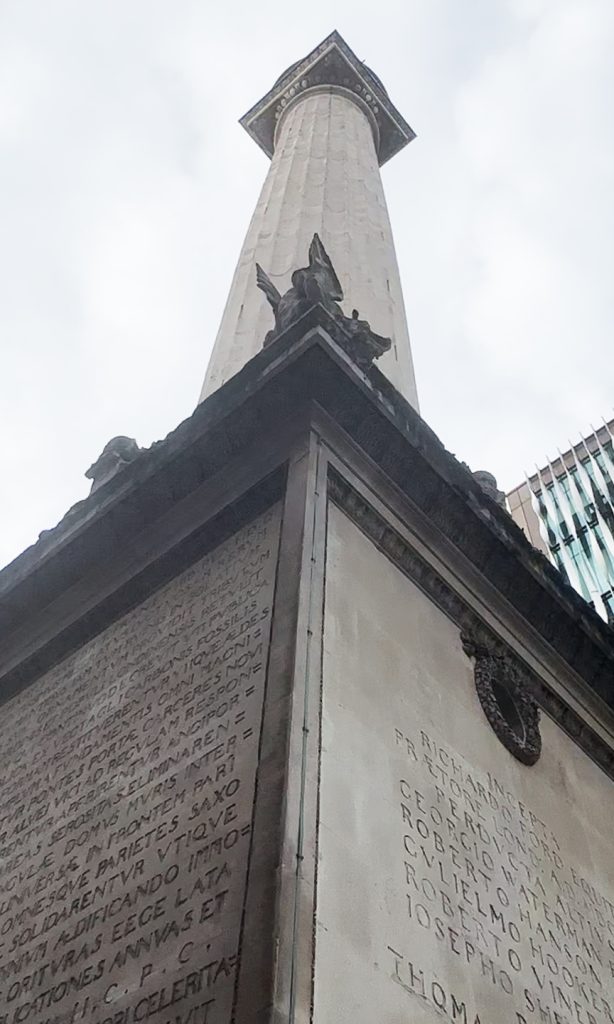
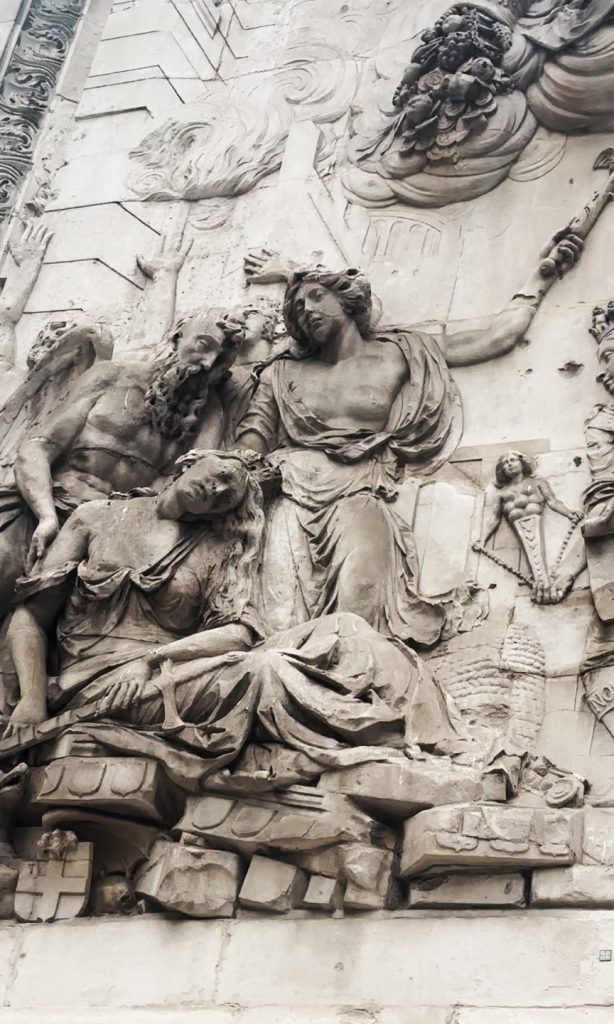
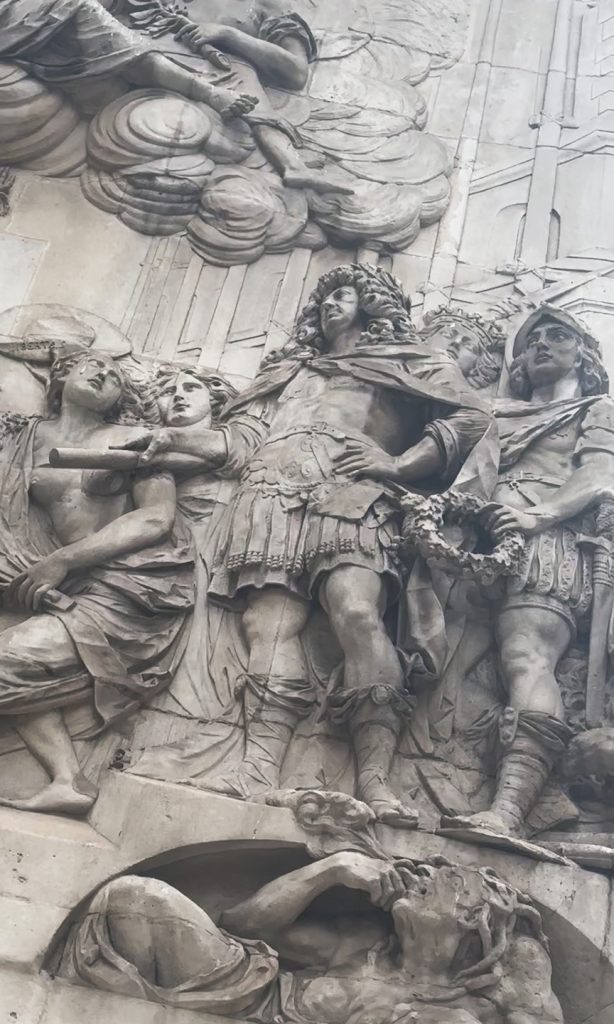
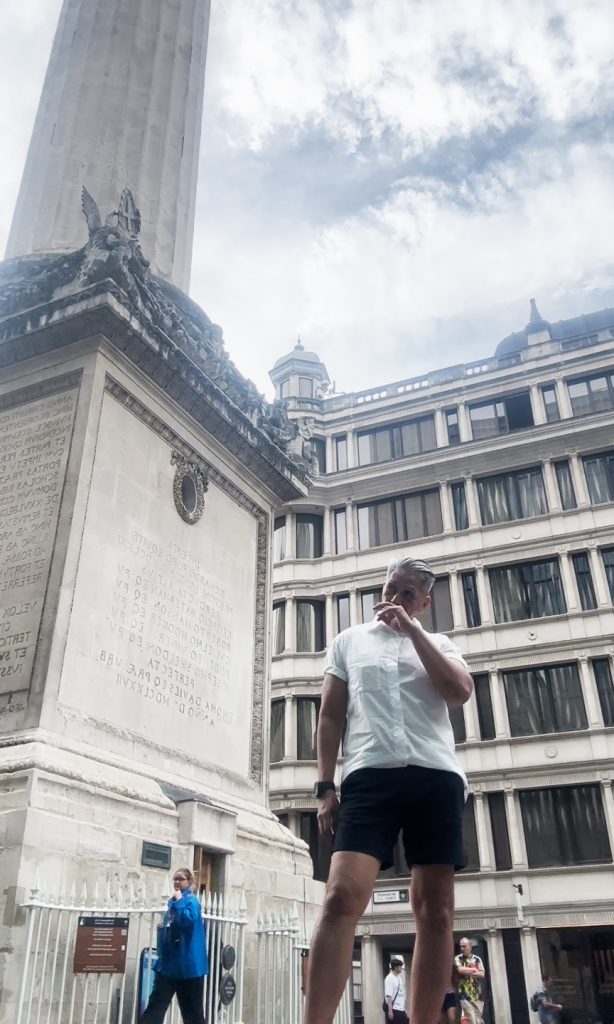
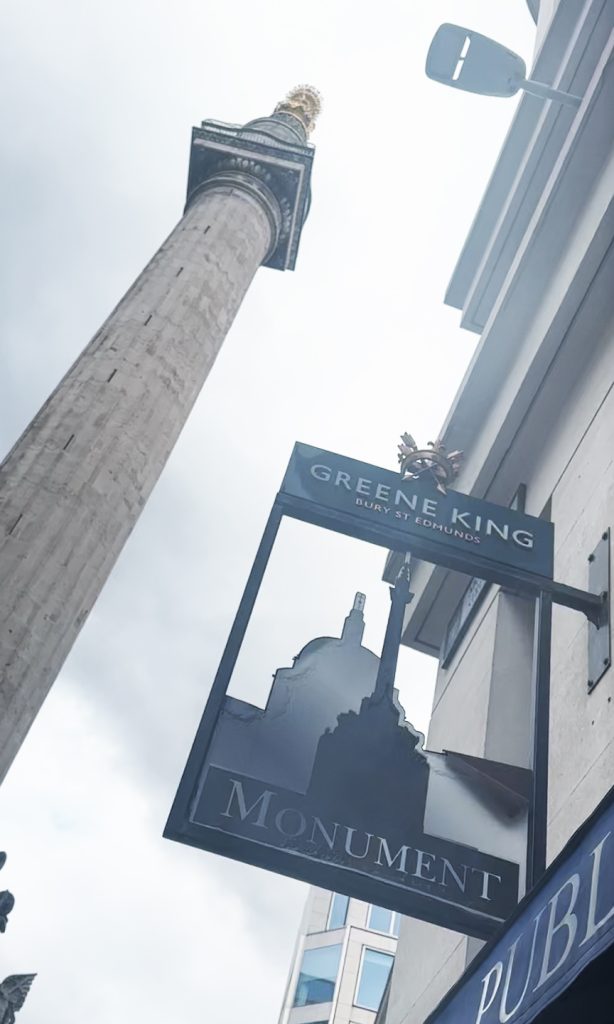
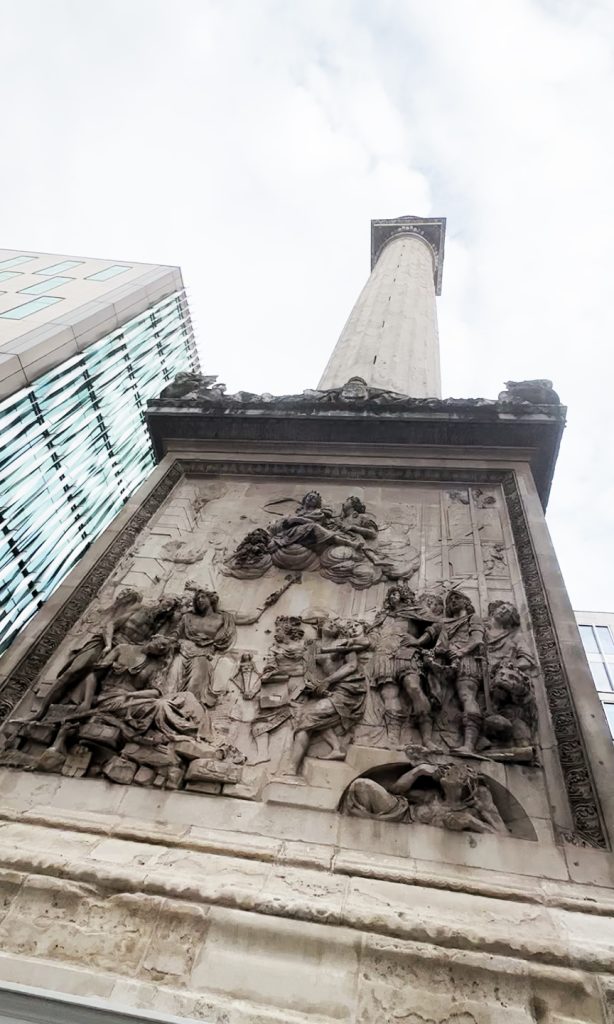
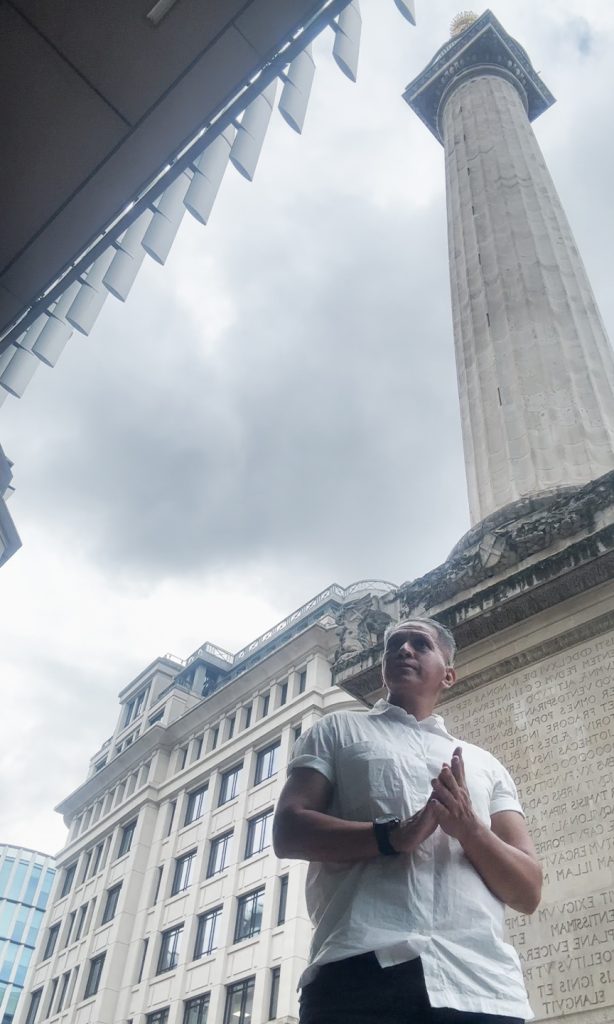
Sa Pilipinas, wala nga tayong great fire, but we have the never-ending ultra-great floods. Our politicians don’t care, too, focusing sa pagpapayaman through nakaw. But we don’t have markers; instead, we just have ruined lives. So yung lessons all the way from 1666, all the way from London, walang nakakarinig, as we all just look at the monuments and not their lessons…
But off we go for more #LGBTQIA+ rampa…
The Monument is located at the junction of Monument Street and Fish Street Hill in the City of London.
Destinations
Your idea of the ‘London Bridge’ is false… thanks to erroneous marketing pandering to our lookism
If you think of the #LondonBridge’, the idea that emerges is the #TowerBridge, thanks to our #lookism abused by misdirected #branding #marketing. Discovered during this #LGBT wandering.
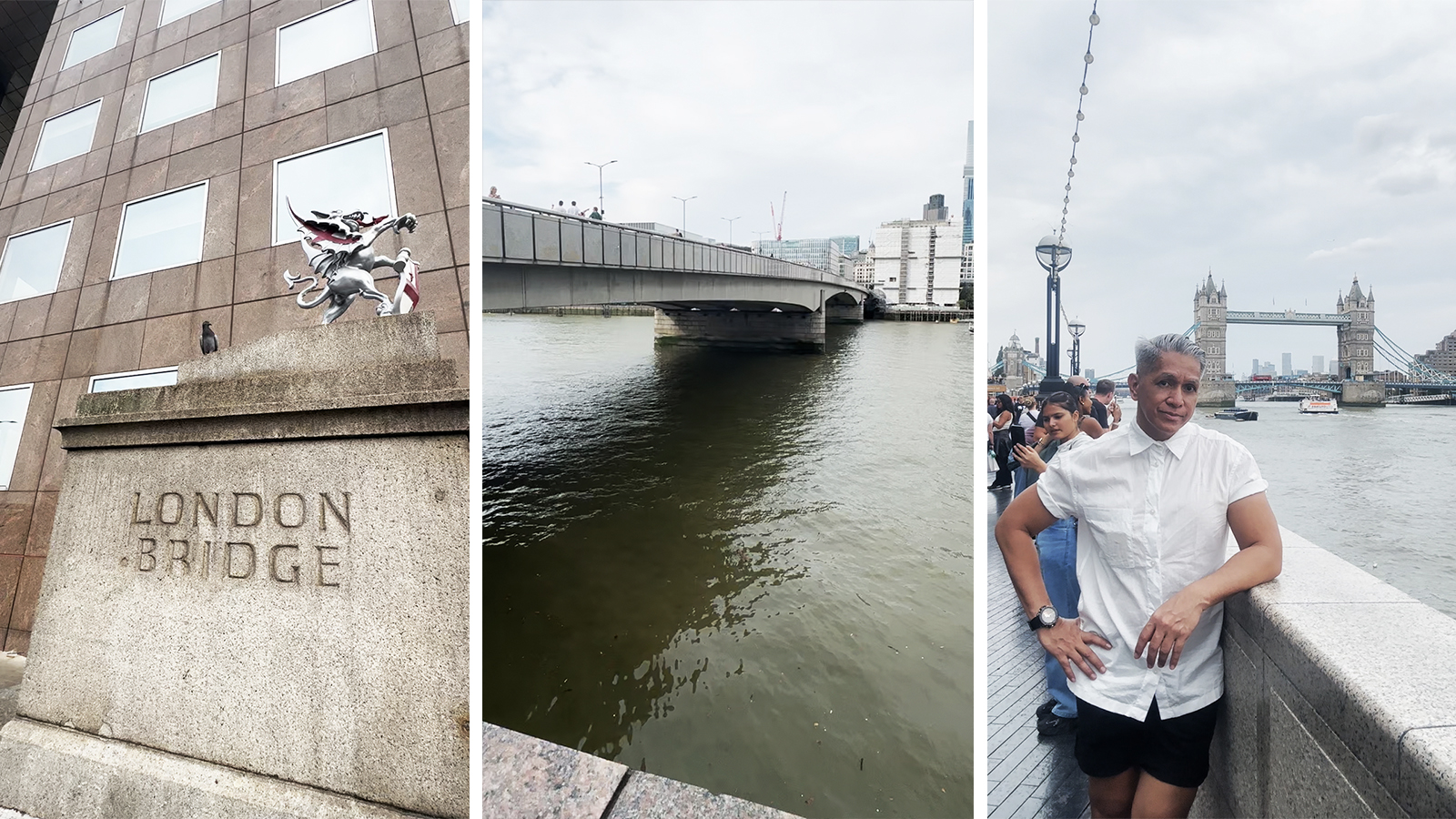
There’s a phenomenon called the Paradox of Information, wherein – surprisingly – the abundance of information actually leads to poorer decision-making because of reduced intelligence because of the superficial understanding of complex issues.
So while you can Google information, comprehension is a completely different matter altogether.
Case in point? The London Bridge in England.
@outragemag Did you know there are 2 #London bridges? The popular #LondonBridge is the #TowerBridge, discovered during this #LGBT #travel ♬ original sound Outrage Magazine
So… for those who do not know, the image associated with the London Bridge is actually the Tower Bridge. Erroneous linking lang due to branding; that is, the London Bridge may be the most famous bridge in London, but the bridge that has been used to promote London is a different bridge altogether, the Tower Bridge.
Magkatabi lang sila; they’re near each other, along River Thames.
London Bridge is the oldest river crossing in London, and mahaba ang history nito.
Timber bridges were built by the Romans over 600 years ago. This was followed by a 600-year-old stone-built bridge. Then there’s the 19th century stone arched bridge designed by Scottish civil engineer John Rennie. Then the concrete and steel bridge in use today was opened by the late Queen Elizabeth II in 1973.
The thing is: this bridge may be historical, but it looks common.
Which is why you don’t see it in movies or postcards or socmed uploads and so on.
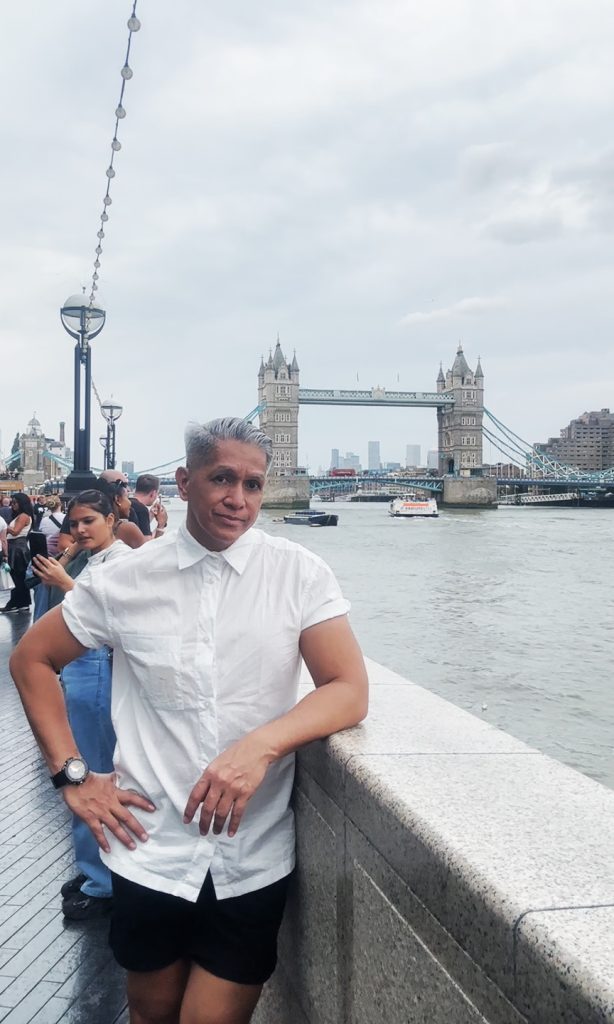
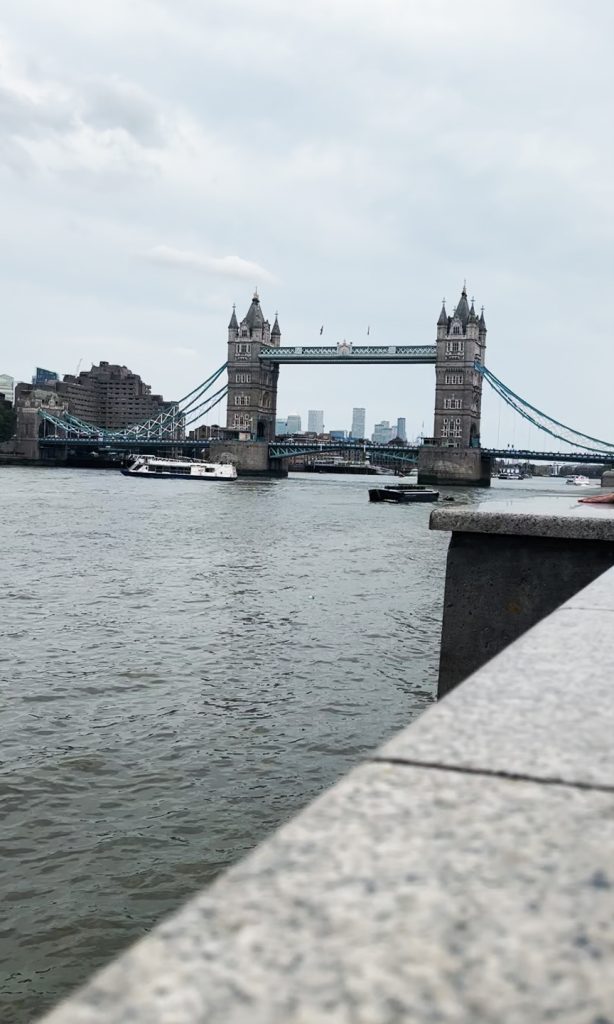
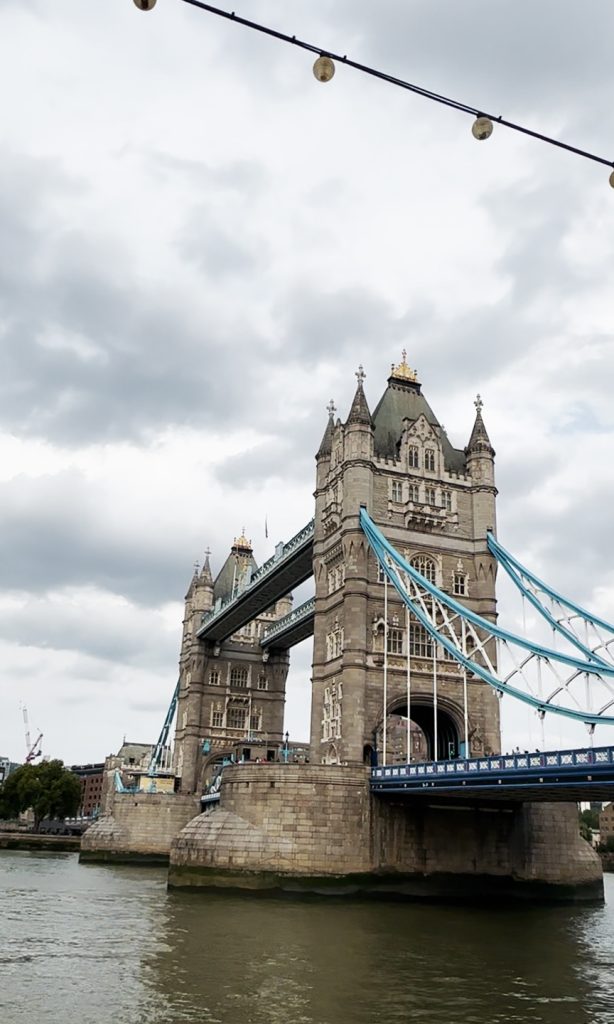
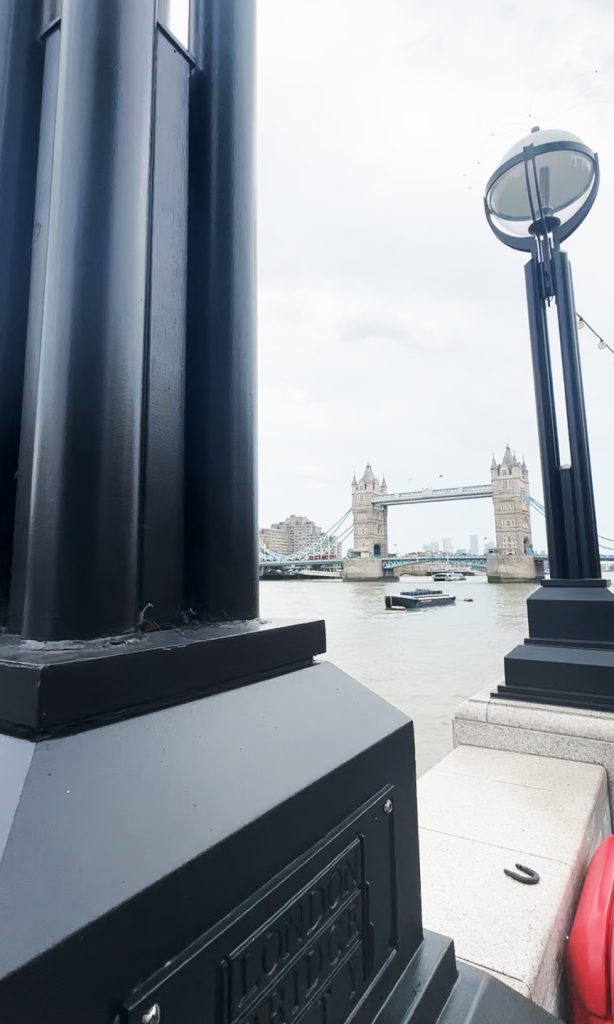
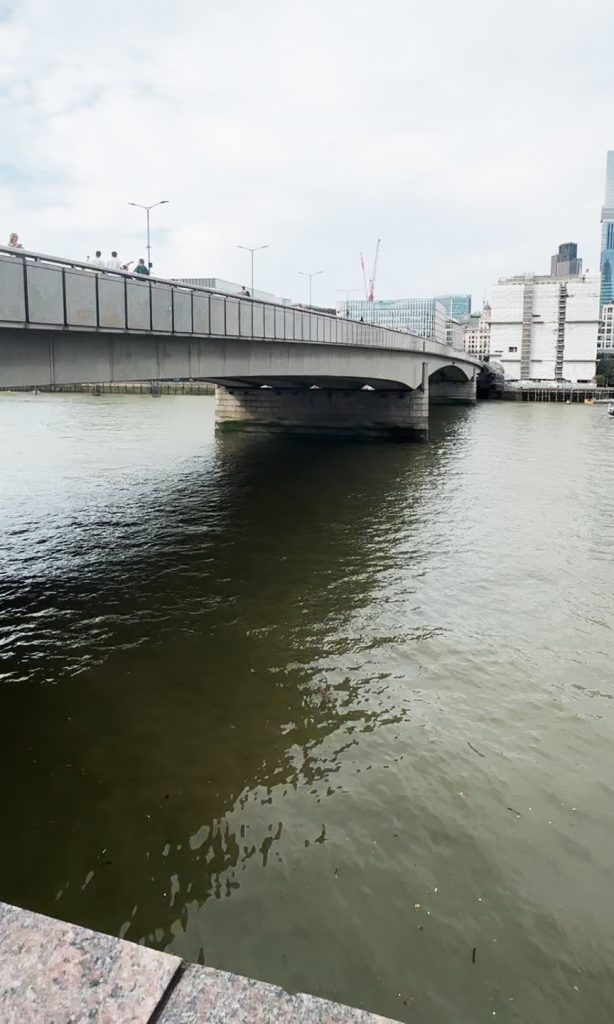
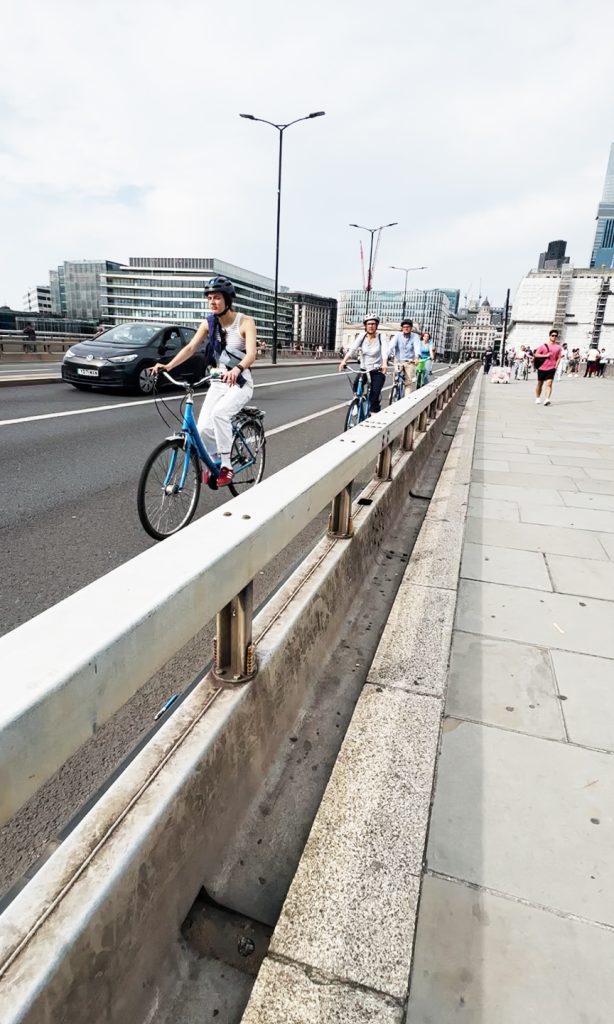
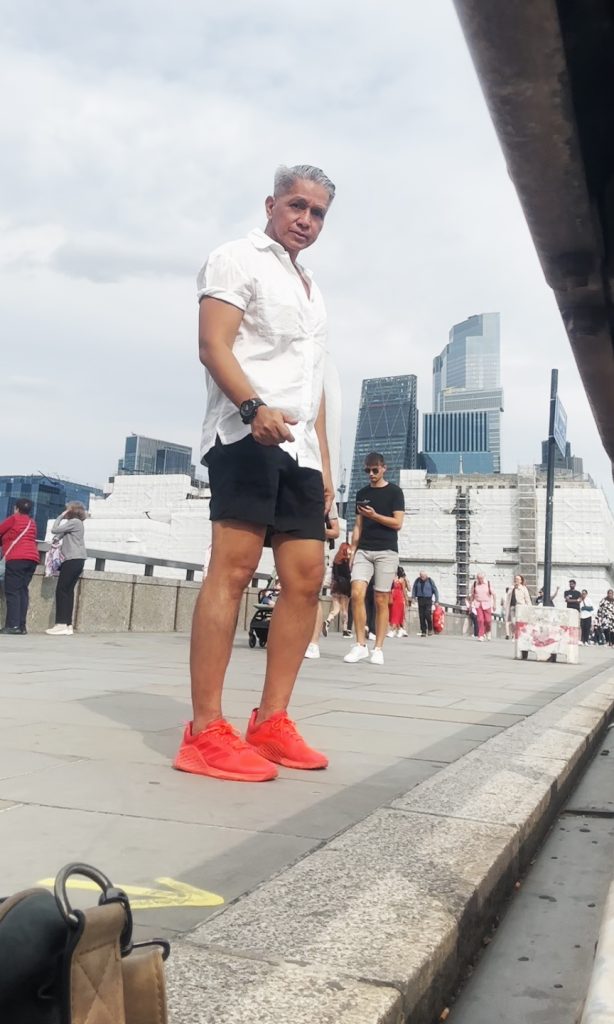
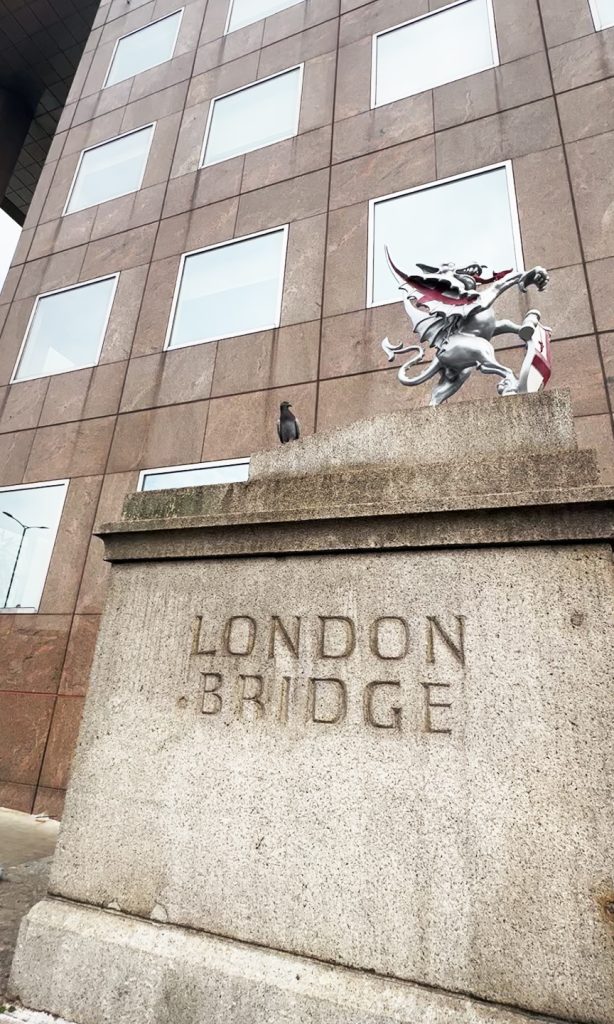
Instead, you see the Tower Bridge.
This one was built in 1894, with a Neo-Gothic design that blends with the Tower of London. This was designed by Sir Horace Jones, and helped implemented by Sir John Wolfe Barry.
So eto na nga… there are some lessons to be learned here:
- Just because we think we know, doesn’t mean we do.
- That ang laki ng impact ng marketing sa buhay natin, changing the ways we perceive the world.
- That we can all be lookist; mas sikat ang mas maganda, even if mas historical ang di kagandahan.
- And yet… we can learn naman.
So off we go pa for more #LGBTQIA+ rampa…
-

 NewsMakers3 weeks ago
NewsMakers3 weeks agoUnderstanding hypertrophic cardiomyopathy
-

 Pet Care3 weeks ago
Pet Care3 weeks agoBack-to-school season can be ruff on pets
-

 NewsMakers3 weeks ago
NewsMakers3 weeks agoPlant-based nutrient improves immune cells’ ability to fight cancer
-
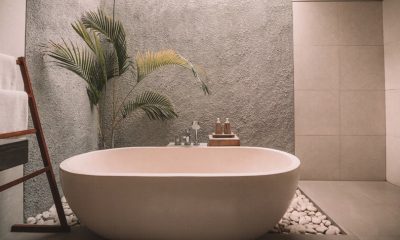
 Home Care3 weeks ago
Home Care3 weeks agoExplore the benefits of a bathroom upgrade
-
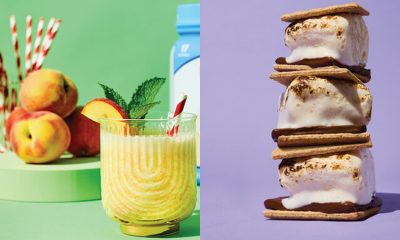
 Nutrition3 weeks ago
Nutrition3 weeks agoProtein-packed sweet treats
-

 Nutrition3 weeks ago
Nutrition3 weeks agoPower your summer with 100% orange juice
-

 Destinations2 weeks ago
Destinations2 weeks agoFinding Neverland in London
-
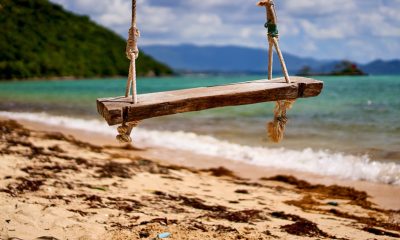
 NewsMakers3 weeks ago
NewsMakers3 weeks agoForget materialism, a simple life is happier: research


